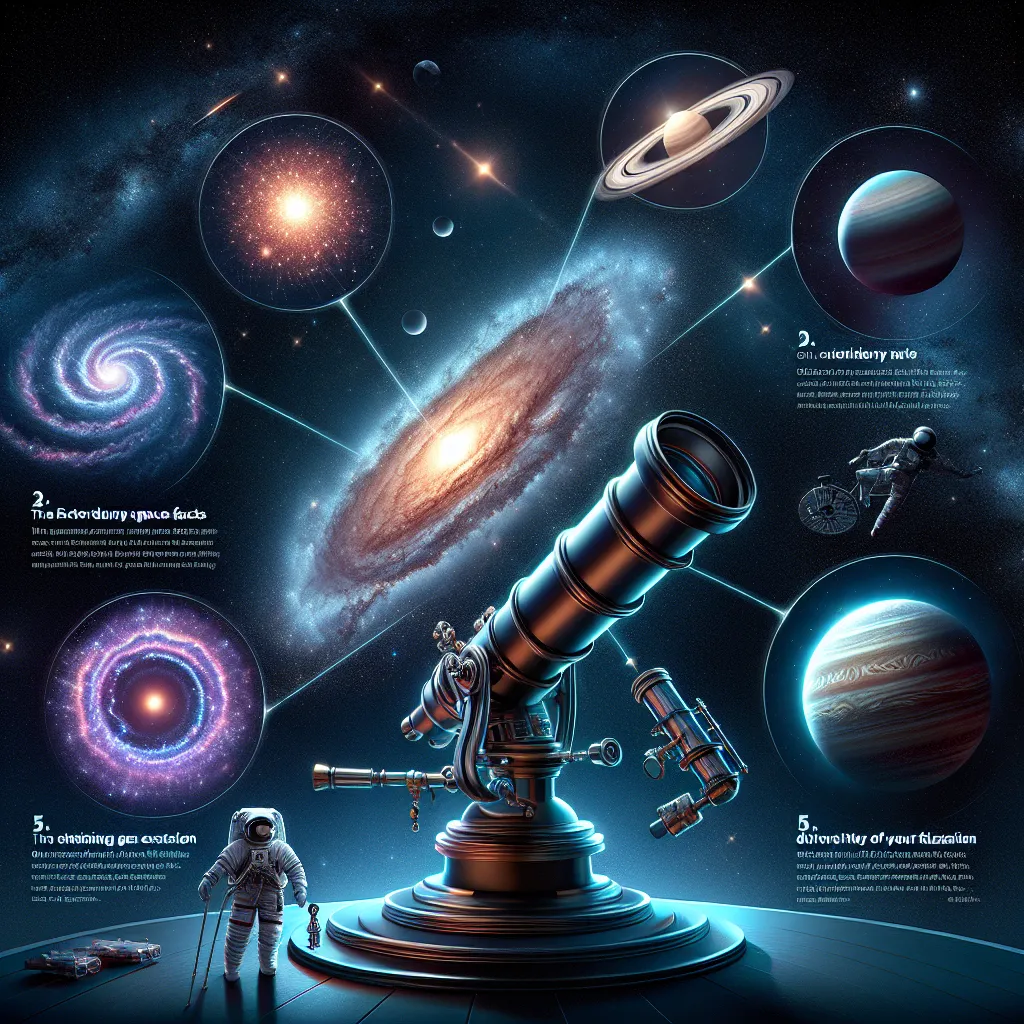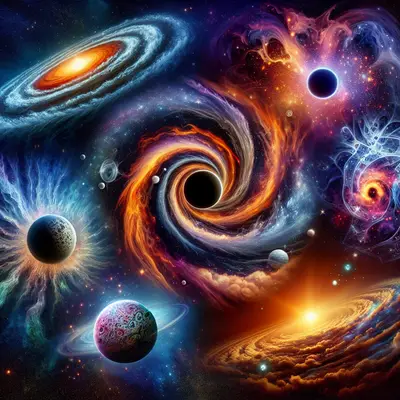1. Jupiter's Never-Ending Storm
The Great Red Spot on Jupiter is not just a colorful space oddity. It's actually a storm that has been raging on the gas giant for at least 300 years. That's right! It's a tempest larger than Earth itself that shows no signs of calming down. The wind speeds can reach up to 430 kilometers per hour, making our terrestrial hurricanes seem like a light breeze.
2. The Diamond Rain of Saturn
Imagine a downpour, but instead of water, it's diamonds! Such is the case on Saturn and Jupiter, where the atmospheric pressure is so extreme it squeezes carbon into precious gemstones. These diamond "hailstones" eventually melt into a sea of liquid carbon and hydrogen in the planets' hot cores. Talk about a gem of a planet!
3. The Silence of Space
Space is eerily quiet. Sound needs a medium to travel, like air or water. But space is a vacuum, which means sound waves can't vibrate and propagate. So, no matter how colossal an interstellar explosion or a supernova might be, you wouldn't hear a thing. It's an eerie reminder of how different the cosmos is from our Earthly home.
4. The Mystery of Dark Matter
Dark matter is one of the greatest mysteries of modern astronomy. While we can't see it or detect it directly, scientists believe it makes up about 85% of the universe's mass because of its gravitational effects on galaxies and galaxy clusters. Despite our best scientific minds, this cosmic enigma continues to puzzle us, underlining just how much we have yet to learn about our universe.
5. The Speed of Light
Light moves at an unfathomable speed of about 300,000 kilometers per second. To put this into perspective, if you could travel at light speed, you could orbit the Earth about 7.5 times in just one second! However, even at this terrific speed, light takes about 100,000 years to travel across the Milky Way galaxy. This illustrates the vastness of our cosmic home and the sheer scale of the universe.
Conclusion
The universe, with its infinite wonders and mysteries, is a testament to the grandeur of nature. As we continue to explore the farthest corners of the cosmos, we're constantly reminded of our small place within it. But small does not mean insignificant. For it's our curiosity, our thirst for knowledge, that propels us on this fascinating journey through the stars.



